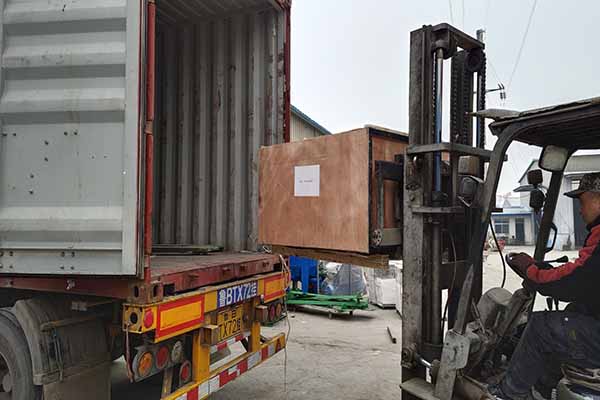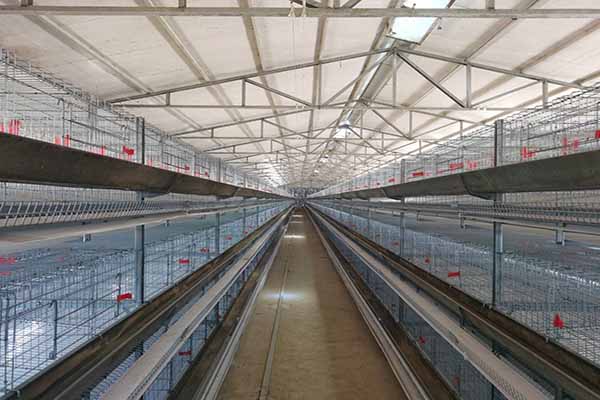Optimizing Egg Production with Low Energy Egg Cages in Uganda
Uganda’s poultry industry has seen significant growth in recent years, with egg production playing a crucial role in the country’s food security. As the demand for eggs continues to rise, poultry farmers are seeking innovative solutions to enhance productivity while minimizing energy consumption. One such solution is the adoption of low energy egg cages.

Understanding Low Energy Egg Cages
Low energy egg cages are designed to optimize egg production while reducing energy costs. These cages are constructed with high-quality materials that ensure durability and minimize heat loss, thereby reducing the need for additional heating. This not only saves energy but also creates a more comfortable environment for the hens, leading to better egg quality and production.
Benefits of Low Energy Egg Cages
- Reduced Energy Costs: By minimizing heat loss, low energy egg cages can help poultry farmers reduce their energy consumption by up to 50%.
- Better Egg Quality: The optimal environment provided by these cages ensures that hens produce high-quality eggs, with fewer cracks and better shell color.
- Improved Hen Welfare: The comfortable environment within the cages promotes healthier hens, leading to increased egg production and reduced mortality rates.
- Easy Maintenance: Low energy egg cages are designed for easy cleaning and maintenance, ensuring long-term performance and hygiene.
According to a recent study, poultry farms that have adopted low energy egg cages have experienced a 20% increase in egg production and a 30% reduction in energy costs.
Implementing Low Energy Egg Cages in Uganda
Implementing low energy egg cages in Uganda can be a game-changer for the poultry industry. Here are some key factors to consider when making the switch:
- Site Selection: Choose a location that provides ample space for the hens to move around and access to natural light.
- Material Selection: Ensure that the cages are made from high-quality materials that provide insulation and durability.
- Airflow and Ventilation: Proper airflow and ventilation are crucial for maintaining a comfortable environment for the hens.
- Training and Support: Work with experts to ensure that your farm staff is properly trained on the operation and maintenance of the low energy egg cages.
Investing in low energy egg cages can be a cost-effective solut ion for poultry farmers in Uganda. With the right implementation, these cages can help maximize egg production while minimizing energy consumption.
ion for poultry farmers in Uganda. With the right implementation, these cages can help maximize egg production while minimizing energy consumption.
Conclusion
As the poultry industry in Uganda continues to grow, adopting low energy egg cages is a smart move for both farmers and investors. By reducing energy costs, improving egg quality, and ensuring hen welfare, these cages offer a sustainable solution for the future of poultry farming in Uganda.

For more information on implementing low energy egg cages in your farm, or to request a free design and equipment quote from LIVI Machinery, please leave a comment below or contact us directly. We look forward to helping you optimize your egg production in Uganda.




